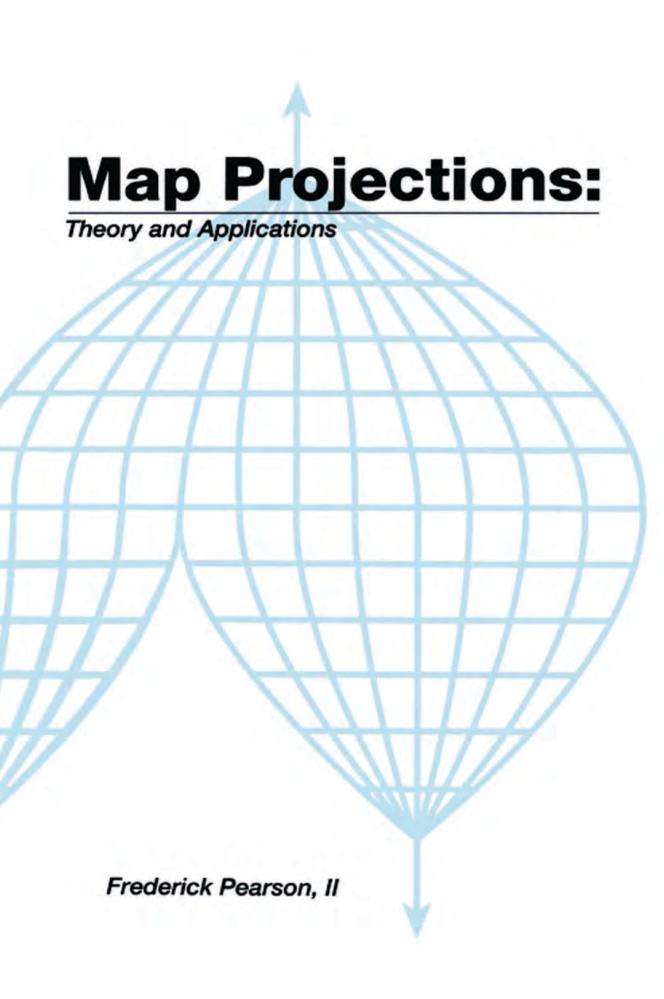Map Projections
Cartographic Information Systems
1 Book Image
2 More info
This comprehensive reference provides a rigorous mathematical treatment of map projections, offering both theoretical foundations and practical applications in cartography and geographic information systems.
The book presents a systematic approach to understanding map projections, their mathematical properties, and their implementation in modern cartographic systems. It’s designed for cartographers, geodesists, GIS professionals, and researchers who require an in-depth understanding of the mathematical principles behind map projections.
Key topics include: - Mathematical foundations of map projections - Classification of projection types and their properties - Distortion analysis and optimization - Computational aspects of projection transformations - Implementation in GIS and cartographic software - Special projections for specific applications - Historical development of map projections - Advanced topics in projection mathematics - Practical examples and case studies - Software implementation considerations
